How to track leads from Affiliates in Formstack
Learn how to capture Affiliate data with each submission of your Formstack forms, so you can easily track which affiliates are generating the most leads.
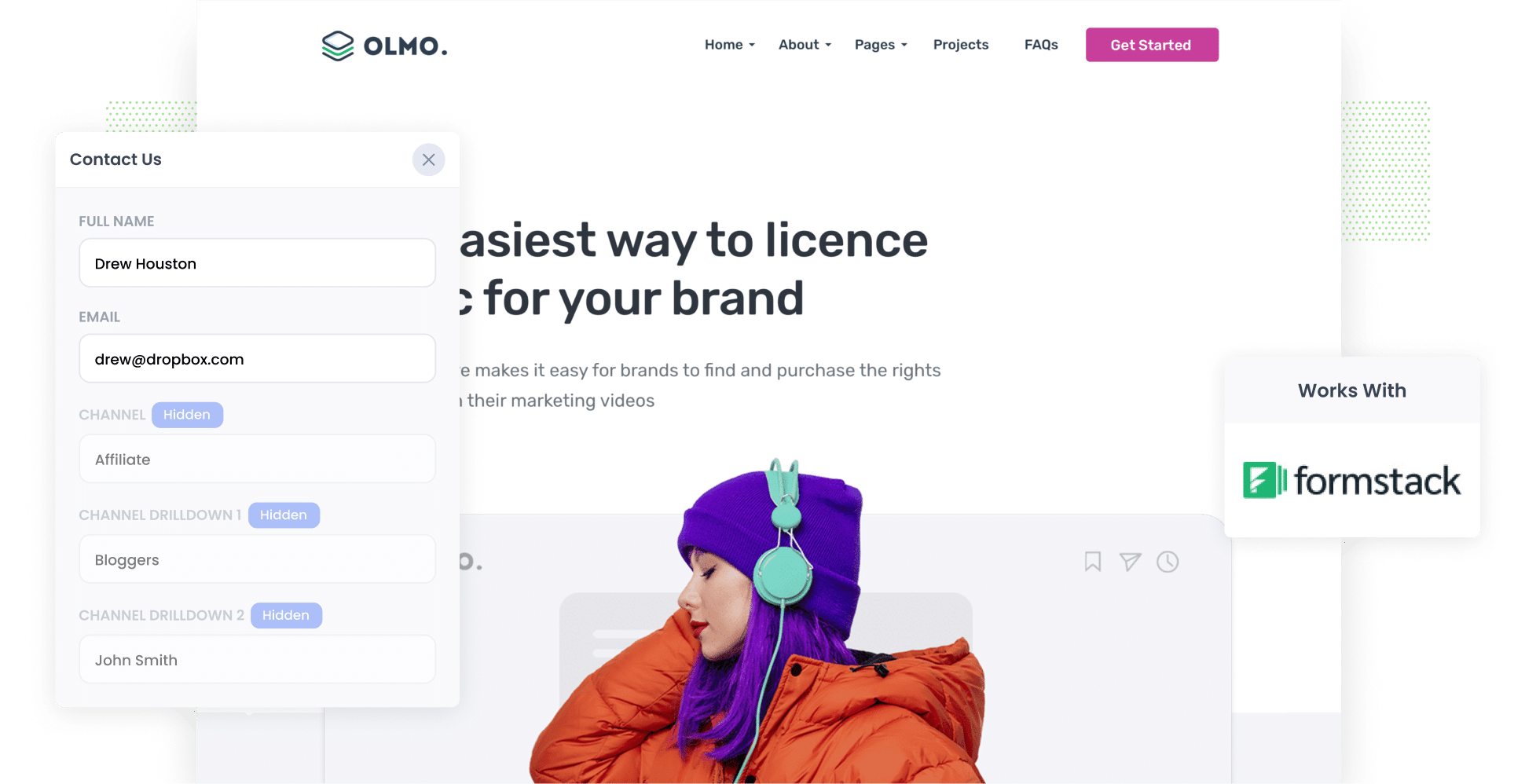
Keeping track of the number of the number leads and customers your Affiliates bring in can feel a bit tricky.
While tools like Google Analytics make it easy to see how many website visitors your affiliates drove, it can't tell you how many leads and customers were created.
But there is a solution.
You can use a tool called Attributer to gather all the affiliate data each time someone fills out a form and then send that info straight to Formstack. This way, you'll be able to pull some awesome reports that show how many leads your Affiliates are generating, which types of affiliates are performing best, and more..
4 simple steps to capture affiliate data in Formstack
With Attributer and Formstack, tracking how many leads and customers you get from your affiliate program is easy. Let’s dive in and see how it all works:
1. Add UTM parameters to your affiliate links
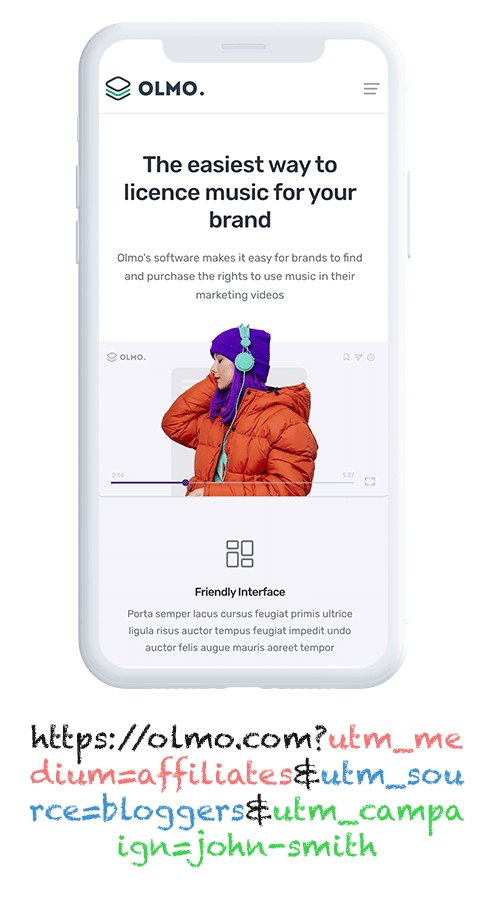
The first thing you need to do is add UTM parameters to the links you share with affiliates.
For instance, for the link attributer.io/integrations/formstack, the modified link with UTM parameters would look a bit like this:
attributer.io/integrations/formstack?utm_medium=affiliates&utm_source=bloggers&utm_campaign=john-smith
You can change the UTMs to match what you want to track about your affiliates. I'd suggest going with something like this:
- UTM_Medium = Affiliates
- UTM_Source= Bloggers (or the type of affiliate this is, such as bloggers, podcasters, youtubers, etc.)
- UTM_Campaign= John-Smith (or the name of the specific affiliate)
Platforms like Trackdesk and Rewardful simplify adding UTM parameters to the links you share with your affiliates, but if you don't use one of those platforms then our free UTM builder will help you create UTM-tagged links you can distribute to your affiliates.
2. Add hidden fields to your forms
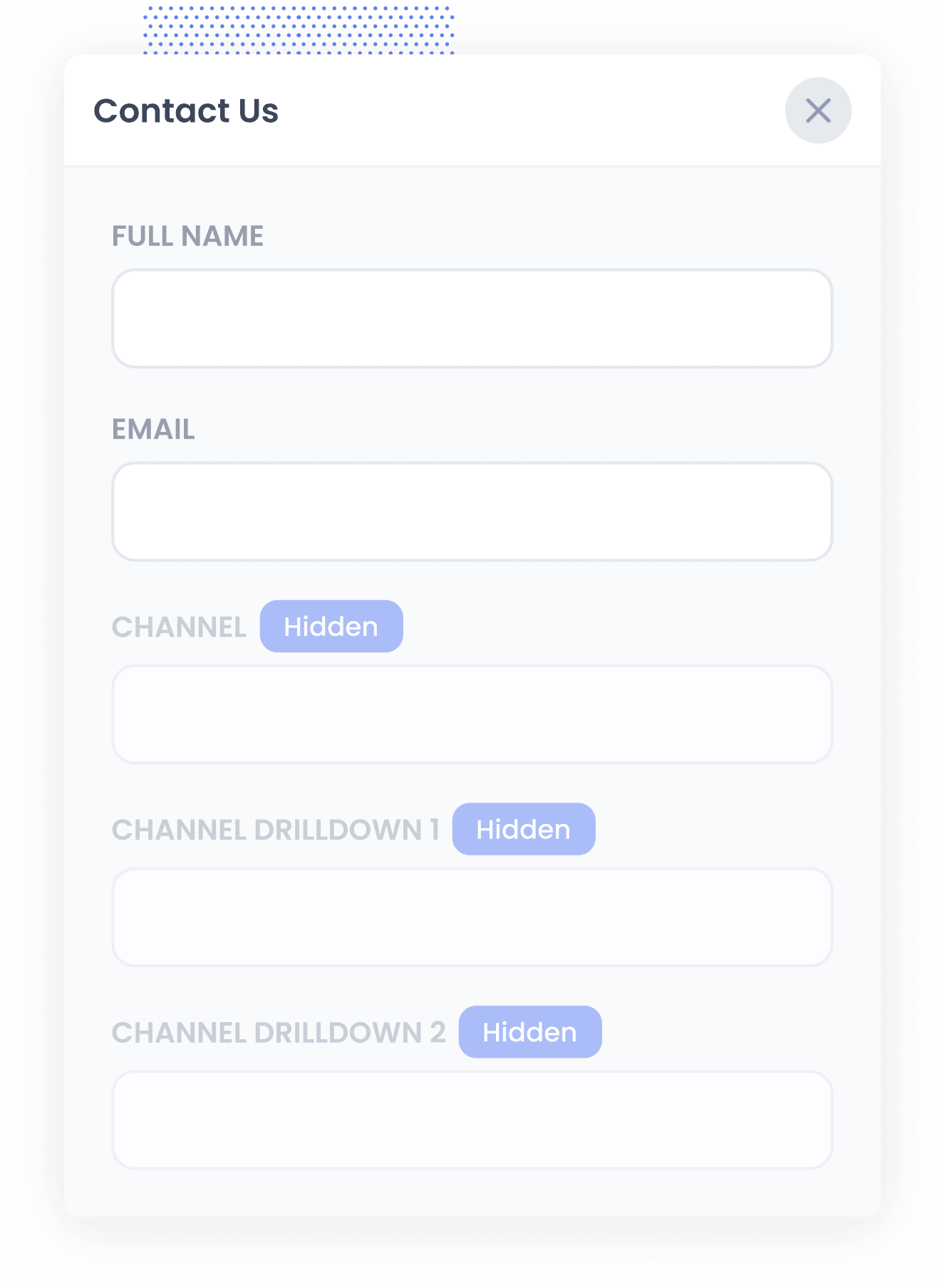
The next thing to do is to add some hidden fields to the Formstack forms on your site.
Here’s a quick list of the hidden fields you should include:
- Channel
- Channel Drilldown 1
- Channel Drilldown 2
- Channel Drilldown 3
- Landing Page
- Landing Page Group
Fortunately, Formstack makes this easy to do, and you can see step-by-step instructions here.
3. Attributer writes the affiliate data into the hidden fields
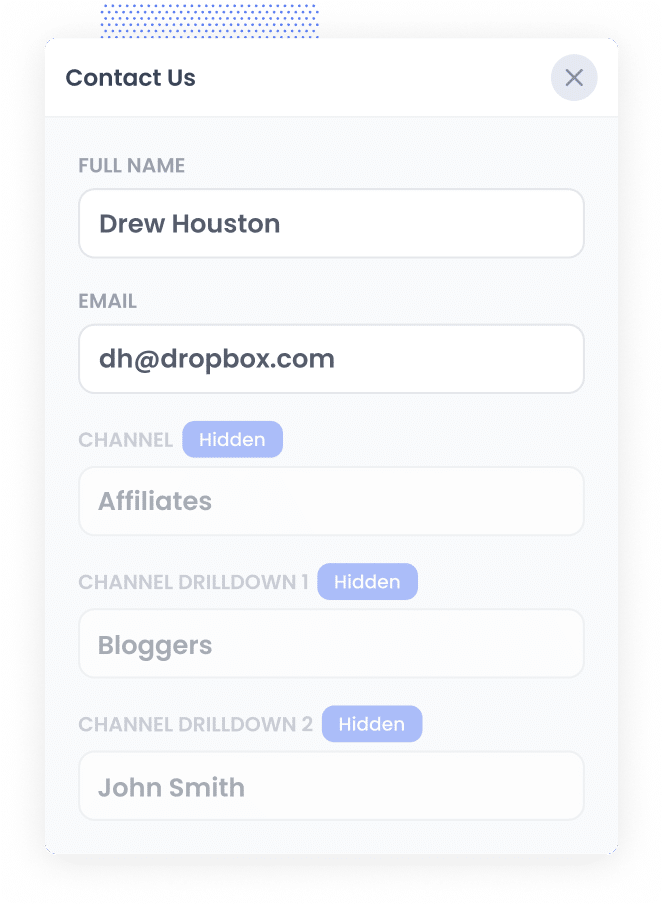
Now when someone comes to your website website using an affiliate link with UTM parameters, Attributer grabs the UTMs and stores them.
Then when they fill out a form on your website, Attributer writes the affiliate data (taken from the UTM parameters) into the hidden fields in the form.
4. Affiliate data is captured by Formstack
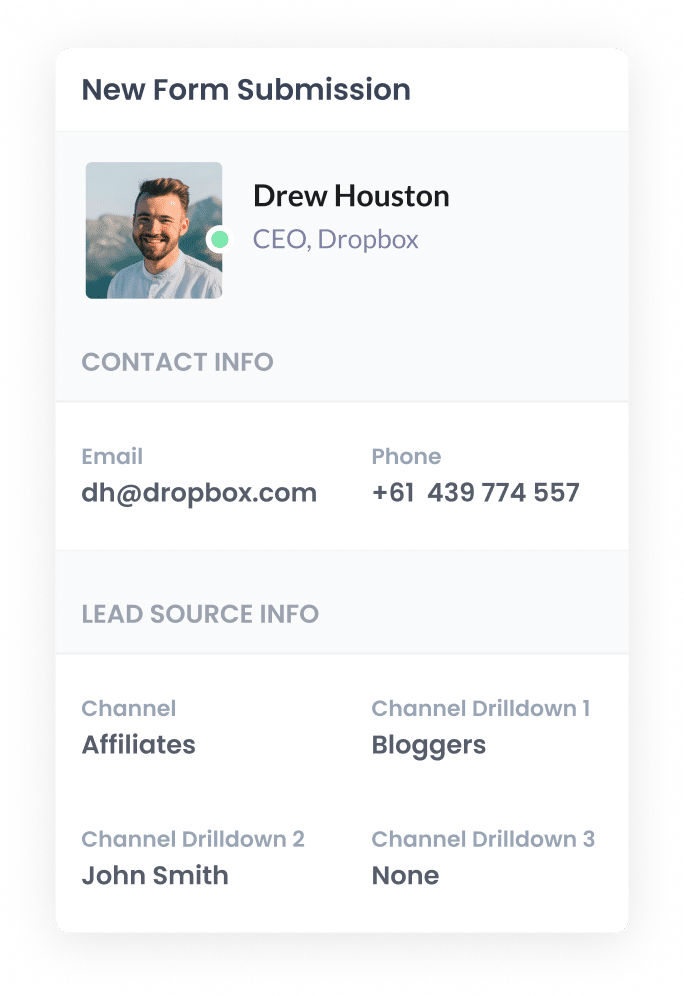
Finally, when the visitor submits the form on your website, the affiliate data that Attributer wrote into the hidden fields is captured in Formstack alongside the information the lead manually entered into the visible fields (like their name, email, phone, etc).
What you can do with the data
Now that the Affiliate data is being collected through Formstack, here's a few ways you can use it:
- See it in the Submissions Dashboard of your Formstack account - You can see the affiliate data that Attributer passed through with each form submission from the Submissions Dashboard in your Formstack account.
- Send it to your CRM: Formstack has native integrations with Salesforce, HubSpot, Pipedrive, Zoho CRM and many more CRM systems. You can send the affiliate data that Attributer provides into your CRM and use it to run reports that show how many leads your affiliate program has brought in, how many converted to paying customers, the revenue you've made, and more.
- Export it to a spreadsheet: You can use Formstack's native integration with Google Sheets to send the data into a spreadsheet. Once it’s in there, you can build charts using Google Sheet's built-in charting tools, or connect a tool like Looker Studio to build more advanced reports and dashboards.
- Add it to your email notifications: If you’re not using a CRM and like to get email alerts for leads, you can add the affiliate info to those notifications. It’ll help you see where each new lead is coming from as it comes in.
Why use Attributer?
Here's why Attributer is the best way to capture affiliate data in Formstack :
- Captures other attribution data -Attributer doesn't just track leads from affiliate links; it also provides information on leads that come from other channels, including Paid Search, Paid Social, Organic Search, Organic Social, and more. This gives you a clear view of where your leads and customers come from, showing you more than just your affiliate channels.
- Remembers the data - When a visitor arrives on your site, Attributer captures the UTM parameters and stores them. This means that if they browse around your site before completing a form, or even if they leave and come back later, the affiliate data from their first visit is remembered and passed through.
- Captures landing page data—Attributer also records the specific landing page URL (like https://attributer.io/blog/best-formstack-addons) and its landing page group (such as /blog). This makes it easy to analyse what content on your site (I.e. what blog posts) are attracting the most leads and customers.
3 example reports you can run when you capture affiliate data in FormStack
When you use Attributer to capture affiliate data in Formstack, and you send it to your CRM or another reporting tool, you are able to build a range of different reports that show you how your affiliate program is performing.
As someone who has run hundreds of these reports over a 15-year career in marketing, I have included a few of my favourites below to help you get started.
1. Leads by Channel
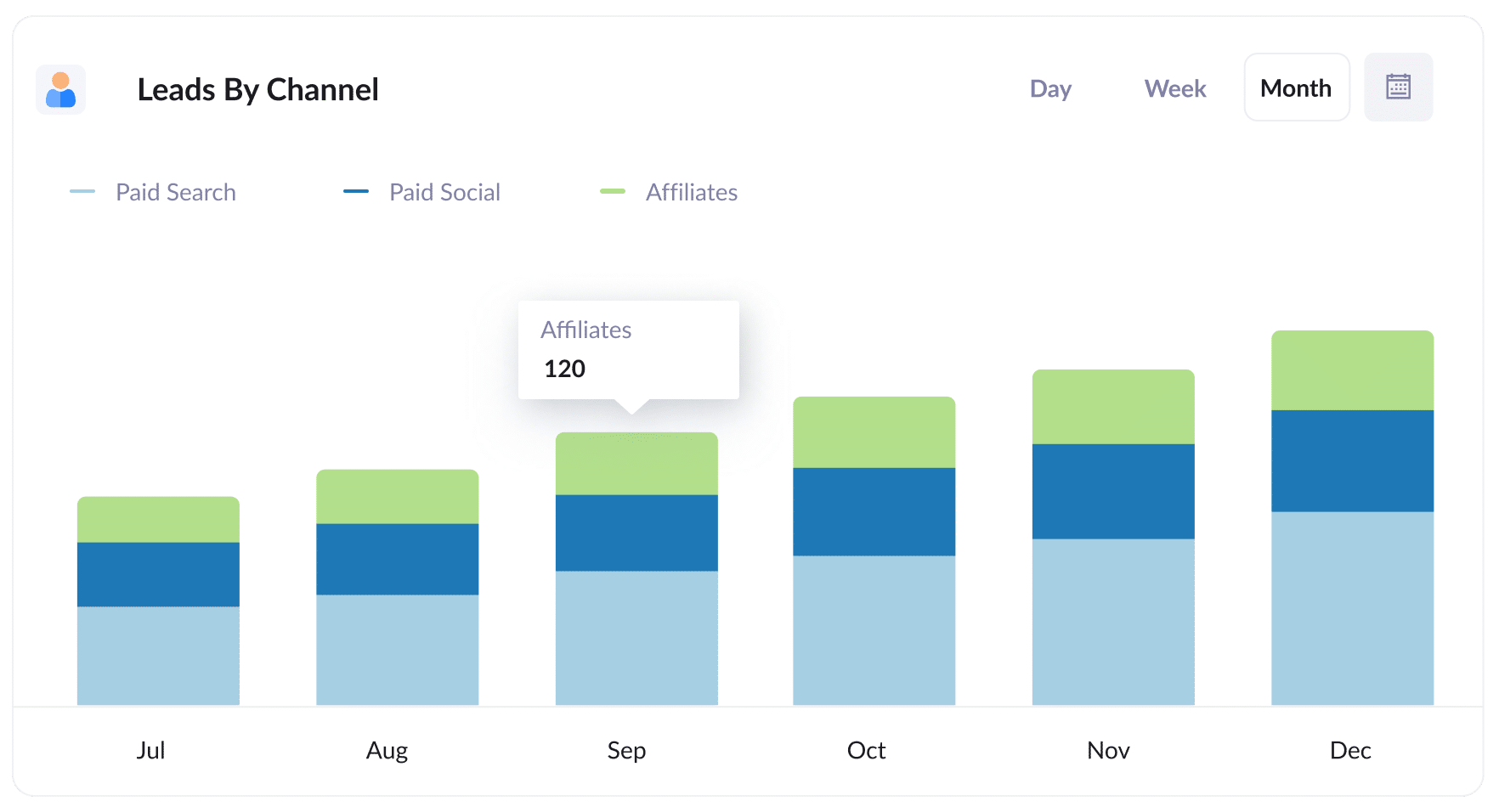
As mentioned earlier, Attributer captures the source of ALL your leads, not just those from your affiliate program. This means you can run reports (like the one above) showing how many leads you get from different channels.
This can help you understand how your affiliate program compares to other channels (like your Paid Search Ads or SEO efforts) and whether it’s worth continuing to invest in it.
2. Customers by Affiliate Type
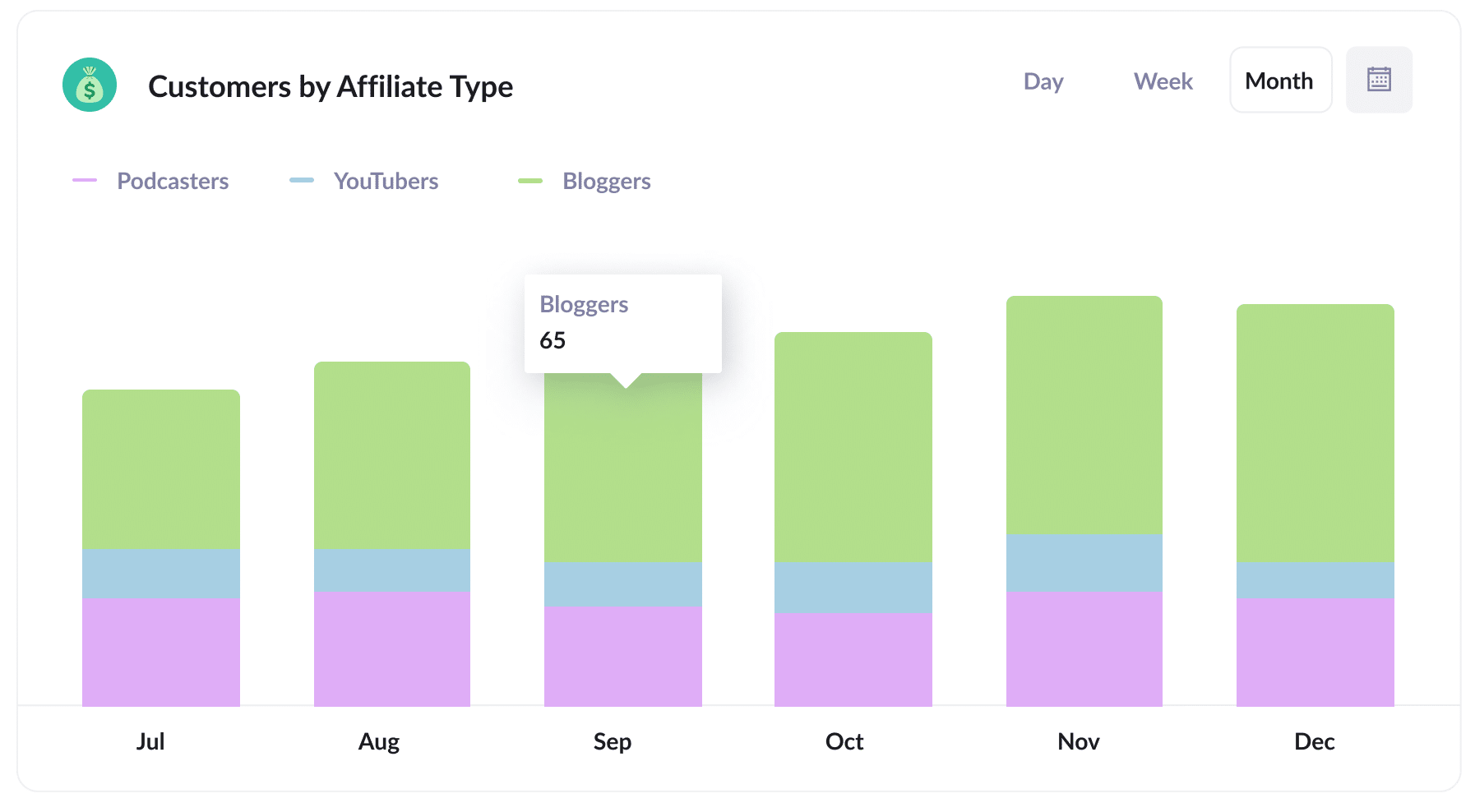
This report shows the new customers you've gained through your affiliate program, grouped by the type of affiliate, such as bloggers, podcasters, YouTubers, etc.
This can help you improve your affiliate program by allowing you to identify the best-performing affiliates. If you see that bloggers generate the most leads, you should consider bringing in more bloggers instead of prioritising YouTubers or podcasters.
3. Revenue by Affiliate
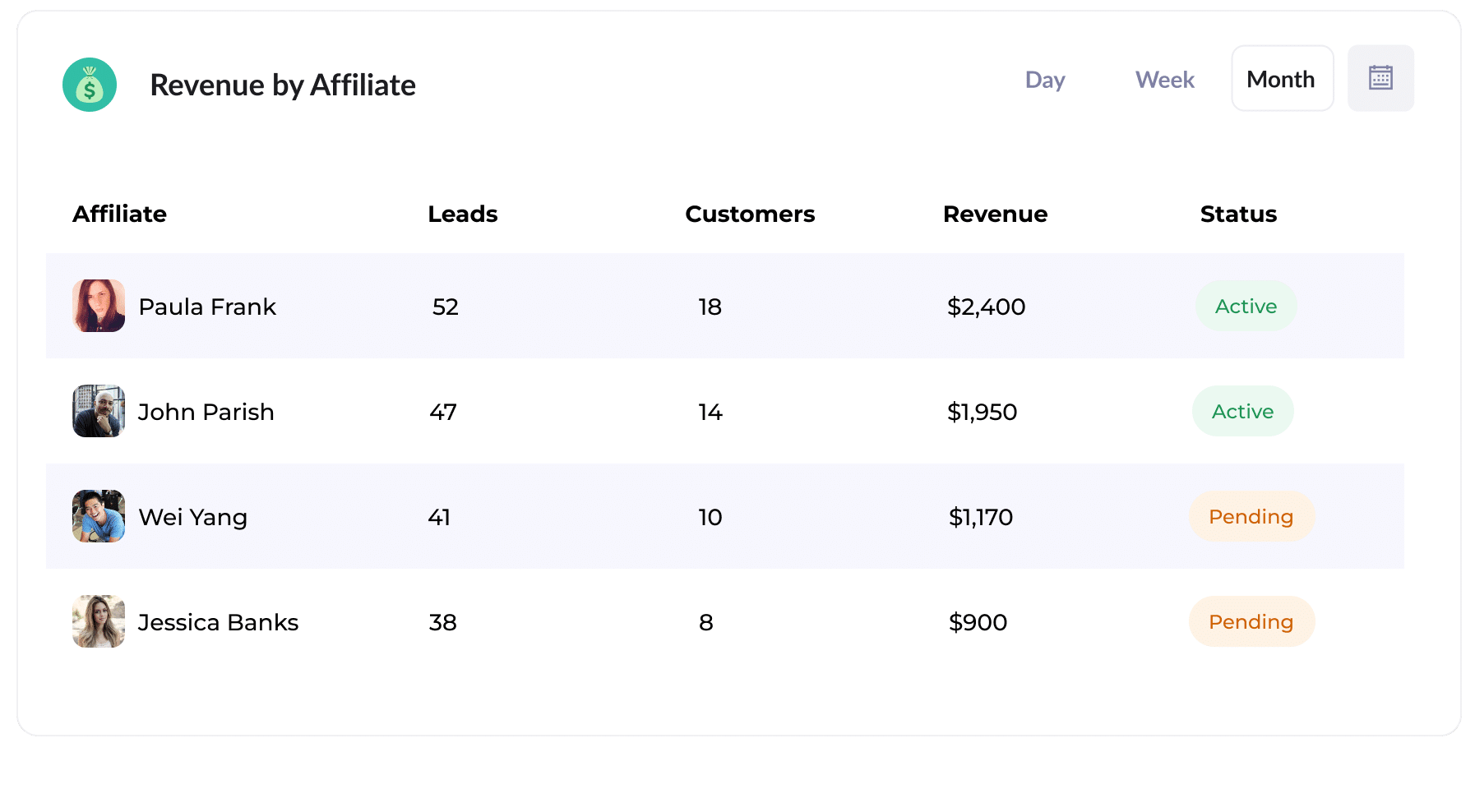
This table shows the number of new customers each affiliate has brought in and the amount of new revenue they have generated.
It helps you recognise your top performers and identify those needing extra support.
How Attributer helped William Russell scale their affiliate program
William Russell is an insurance company focused on providing health & life insurance specifically for expats.
They had built a strong affiliate network over the years (mainly of expat bloggers and influencers) that was bringing them a bunch of leads, but the affiliate management software they were using did not connect to their CRM, so they weren’t actually able to track how many of those leads became customers.
That’s where Attributer helped.
They started adding UTM parameters to all the links they distributed to their affiliates, so that when a potential customer clicked an affiliate link and landed on their site, they came with UTM parameters.
Attributer then remembers them and passes them through with each form submission, where they are sent to William Russell's CRM system (Microsoft Dynamics in their case).
William Russell then uses the data to run reports that show the number of customers they are getting from their affiliate program, the revenue it has generated, the lead-to-customer conversion rate, the average deal size, and more.
They can then compare this to other channels (like Google Ads, Facebook Ads, etc) and truly understand the effectiveness of their affiliate program.
"By using Attributer, we're able to track the amount of customers & revenue that come from our affiliate program, as opposed to just website visitors and leads. This has shown us that it's our most profitable channel and has helped us scale it"

William Cooper - Marketing Director @ William Russell Insurance

Wrap Up
If you want to be able to track how many leads and customers your affiliate program is generating, then using Attributer with Formstack is a great solution.
You'll be able to run reports in your CRM or other tools that answer questions like:
- How many new customers are coming from bloggers vs podcasters?
- How much revenue is being generated by each affiliate?
- What is the lead-to-customer conversion rate of leads that come from our affiliate program?
- What is the average deal size of customers from our affiliate program compared to customers from our Google or Facebook Ads?
Best of all, it’s free to get started with Attributer and usually takes less than 10 minutes to set up. So start your 14-day free trial today!
Get Started For Free
Start your 14-day free trial of Attributer today!

About the Author
Aaron Beashel is the founder of Attributer and has over 15 years of experience in marketing & analytics. He is a recognized expert in the subject and has written articles for leading websites such as Hubspot, Zapier, Search Engine Journal, Buffer, Unbounce & more. Learn more about Aaron here.
